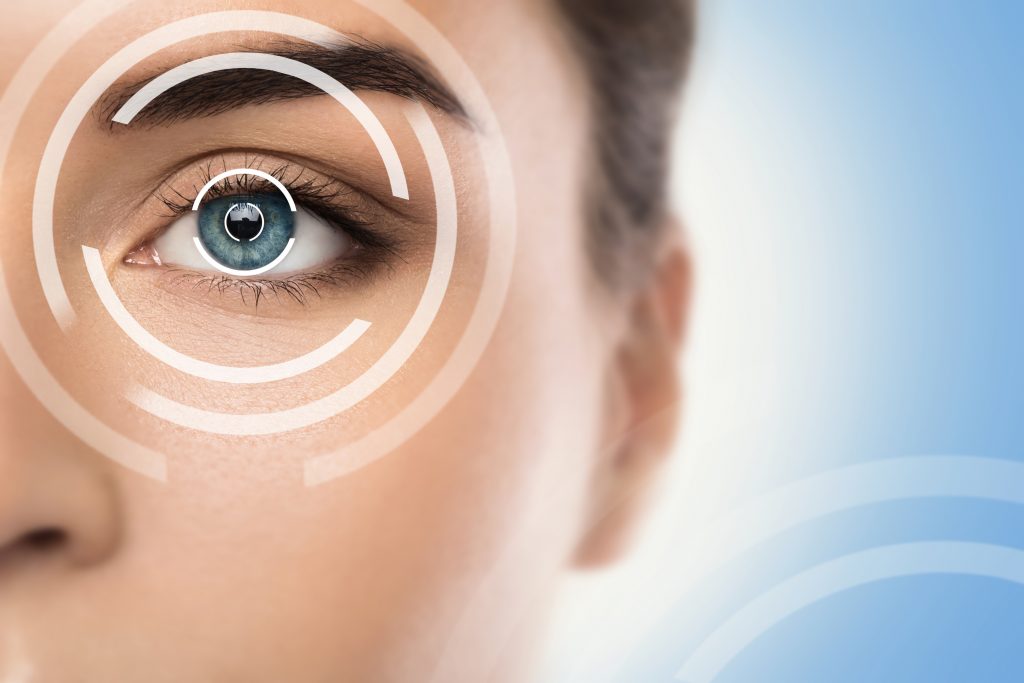
Strides in eye care have been made due to professionals adding AI to the process, from diagnosis to screening, resulting in better outcomes. (Source: Adobe Stock)
AI Becomes Efficient Assistant for Eye Care Professionals in Screening, Diagnosing Conditions
Yet another industry has introduced AI to its business operations. A website called ebsada.com breaks down the hows and whys of the use of AI by eye care professionals to make incredible advancements in their patient’s care.
And so far it really looks good. (No pun intended. Well, maybe a little pun.)
Improved accuracy, decision-making, and efficiency are the main advantages of AI in the healthcare industry since they may free humans from tedious, repetitive activities and maximize their unique value in the workforce.
To promote improved access and relieve demand on the health service, initiatives that permit task shifting and more economical, local services, such as DR grading at primary health institutions, are required. But, regardless of all the requirements, AI brings lots and lots of benefits to eye care.
AI can be used to screen, diagnose, and track patients with severe eye diseases in the anterior and posterior segments of primary care using various ocular images.
AI is assisting with diagnosis. When assessing medical photos, AI-driven systems may provide a higher level of objectivity and precision. New AI technologies, like those from Google’s DeepMind, provide more than simply a diagnosis; they also provide an explanation for it. AI is becoming a healthcare partner.
Healthcare professionals can save time thanks to AI. For example, AI can mark up data from two-dimensional image scans to create three-dimensional models of ophthalmologic malignancies, freeing up time for medical professionals to undertake more complex duties. Also, AI-powered hardware and software solutions are now shown to be more accurate than expert ophthalmologists at diagnosing conditions.
Have you heard about the new AI-assisted contact lens? Some lenses are used to track the physical state of the patient’s eyes and connect that information right to the eye care provider.
Augmented contact lenses, too, can give the wearer digital walls and augmented information about the environment they are standing in, including information about the buildings, businesses, or roadways in the area the wearer is in.
The article sums up like this:
“Many healthcare officials and practitioners have already started adopting AI in healthcare. Like, more than 4.7% of participants in a recent survey done by fromtiersin.org said they have already utilized AI in their eye care.”
AI combined with robotics could solve other futuristic problems. For instance, skilled robots could be launched into space to collect various samples for experiments and activity monitoring.
Did anyone have EYE CARE ROBOTS IN SPACE on their 2023 events bingo card? No? Stay tuned.
read more at esabda.com







Leave A Comment